Some would immediately say Yes! to putting an unsubscribe link. Some would say No… The answer to this is more complex than it may seem, so whatever your first answer was, you may want to check this article for a non-radical but rather a common-sense approach to an opt-out in cold email.
What’s a legal stance on email opt-out?
CAN-SPAM ACT (The USA)
Each B2B cold email including a commercial offer should provide a way for the addressee to sign out of further correspondence. A great summary of the CAN-SPAM act interpretation has been included in the article by Colin Nederkoorn – I highly recommend reading this one.
In the same article, Colin points out that probably the easiest way to give your prospects a clear way to opt out is to include an Unsubscribe link. At the same time, he also lists 3 following types of emails we may send to our prospects:
a) Cold emails
b) Opt-in marketing messages
c) Transactional messages
There’s no doubt that the b) type of emails should involve an Unsubscribe link. It makes perfect sense – you’ve subscribed to a newsletter, so you are given an easy way to Unsubscribe. Simple as that. But what about the other types of email?
GDPR (The EU)
Under GDPR, you should make it clear to the addressee that you’re processing their personal data. The easiest way to do that is putting a short disclaimer at the end of your email. The disclaimer should fulfill 3 functions:
- inform the prospect that you process their personal data;
- explain why you’re processing it;
- explain how they can change their data or request removing their data from your list.
A GDPR-compliant disclaimer may look like that:
I chose to contact you because I have strong reasons to assume that you can benefit from what I present in this email. I’m processing your name and email address only because I wanted to send you this message. If you want me to change the data I used to contact you, or remove your data from my list, hit reply and let me know.
That disclaimer checks all the boxes but it could be a little shorter than how I wrote it. It informs the addressee that you process their personal data and tells them why you do that. It also lets them know what to do in case they want to have their personal data removed. But there is no unsubscribe link? Should we include that?
GDPR calls for designing a clear and simple procedure of opting out from receiving correspondence. Once somebody opts out, you have to respect their wish, erase their personal data, and never contact them again.
Is unsubscribe a good opt-out language for B2B cold emails?
Many of you may be tempted to put a word ‘unsubscribe’, but is it a good decision?
Sometimes I get the impression that people do not see the difference between cold emails and opt-in marketing messages. The two have one thing in common – if they are badly written and poorly targeted, they can both be SPAM.
And unfortunately for us all, poorly written emails are not rare. So what I think is that many people confuse the two types – cold emails and opt-in messages – because if poorly written, they both look and feel like sh*t.
I see two tasks for us cold email senders to improve this unfortunate situation:
- We need to write great cold emails as well as send awesome newsletters – both highly personalized and genuinely valuable to our addressees.
- We need to notice the difference between the two to let our prospects notice the difference.
So, in a nutshell, what’s the difference between the two?
Firstly, whereas newsletters’ addressees intentionally opted-in for a list of subscribers, cold emails’ addressees did not. Cold emails are, by definition, sent to people who have not had a previous contact with us, our company or its services. They have not subscribed to anything.
So providing the Unsubscribe link at the end of our cold message, as opposed to our newsletter email, is simply illogical and may be confusing to the addressee.
Secondly, whereas newsletters are in definition sent to a large group of people at the same time, the addressees expect a mass message (which should nonetheless involve valuable content as well-personalized as possible). On the other hand, the cold email addressees do not expect anything, as they have no idea they are going to get our message until they actually get it.
The key to a valuable cold email which will be actually welcome in someone’s mailbox is personalization. The message HAS TO look personal. Full stop.
And have you ever got a personal email including an Unsubscribe link at the end? That would be just ridiculous, right? So…
What opt-out language to use instead of the Unsubscribe link?
Still, according to the CAN-SPAM act and GDPR, the addressee of a cold email should be provided with a way to opt out (and additionally for GDPR, that you process their personal data). What can we do to avoid writing the word unsubscribe like we do in newsletters?
There are a few ways to solve that problem within the copy of our email. Here are some examples from the emails I actually got:
Disclaimer below the signature

Well, someone had good intentions here, but this one looks kind of scary, actually. First of all, it’s 6 lines of fine print – no one likes fine print because it smells like some kind of scam.
Second of all, it’s 6 lines of generic, legal gibberish. No one wants to read that. And you need people to read your emails if you want them to reply to you.
Third of all, it’s in red… Red means trouble. Red usually means we did something wrong, or are about to do something wrong. Everyone avoids trouble – so the addressee of such a message would most probably DELETE this email.
All in all, someone avoided the Unsubscribe link but instead offered a solution that causes even more trouble.
Here’s a disclaimer from another email:

Looks better in terms of the language simplicity, but why is it in a light-grey fine print, so I can barely see it? I had to put the awful red arrow here to make sure you can see it.
Don’t do things like that if you want your addressees to treat your message seriously. That’s NOT how you gain trust (or replies, for that matter). Be more natural and personal.
See, for instance, the next example:
Post Scriptum

The mechanism for opting out in this one is actually exactly the same as in the two previous examples above. The difference is that this one sounds more human and friendly. I also got a cold email once with post scriptum like:
“If you’re not the right person to contact for this, please let me know.”
Works the same way. Remember though to put the info that you processing the personal data to be GDPR complaint when you send emails to the EU. Actually, we can also provide an easy way to opt out …
Within the body of our email
… and more precisely in the CTA. Let’s say, for instance:
“Let me know if you’d be interested in this.”
The only thing the prospect needs to do to opt out from further messages is to reply with: “I’m not interested. Thanks.” Or something similar, like “NO” … 🙂
But don’t worry, if they reply with “no” they do that because they simply don’t have time to spend on pleasantries. It’s not that they don’t like you or something…
Unless you sent them a crappy message – then they may not like you indeed.
Why People Hate Cold Emails & What to Do to Let them Love Yours >>
Break-up email
Old but effective, you can send your prospects a “break-up email” as one of your follow-ups. In one of our cold email campaigns we ran at 52C, we used such an email as our third (the last) message:
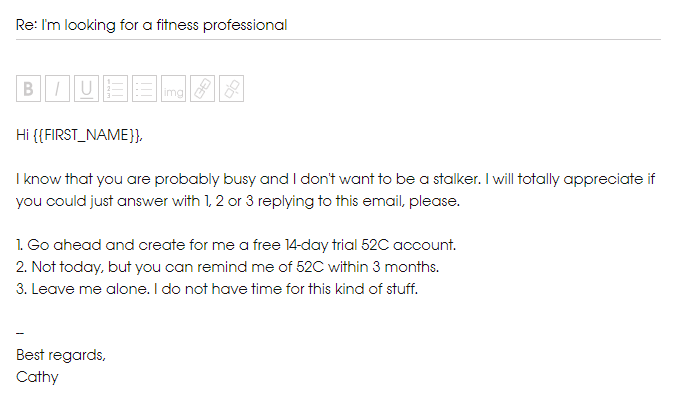
We got many positive responses to this one, even if our prospects were not interested in our offer. But nowadays, that method is used way too often. So you need to be careful because chances are, if your target group receives a lot of cold emails, they could have seen this method before.
Still, here’s one of my favorite answers to this one:
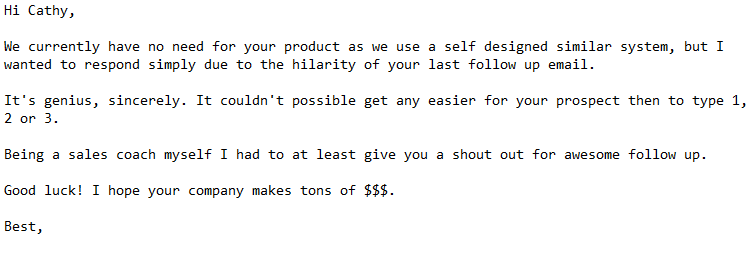
That being said, if you wish, you can include an unsubscribe link in your Woodpecker campaign. You don’t need to literally write ‘unsubcribe’. We have a help section devoted to putting such a link in the email and what to write in it here.
Are email opt-outs necessary?
So the simplified answer to the question: Should I type in ‘unsubscribe’ as a way of opting out from my cold email?
Not necessarily in that form, but you should inform them how they can opt out from your messages.
Remember that the email opt-outs are rightful parts of your messages. So it has to match the other parts. It has to be human. It has to be natural. It has to match the personal tone of your email.
Think of something light and creative before you ruin your whole message with a word Unsubscribe or a legal formula in the red fine print. There are some more pleasant ways to give your prospects a clear way out of further correspondence.
Come up with your own, original idea for that, and paradoxically you can gain a lot with the part of your email that’s supposed to let people resign. Use the opt-out as another way to show them you’re a great person, and that it’s worth to opt in by hitting “Reply.”
And for the final word, just in case: if someone tells you in their reply that they don’t want to get any more of your emails – always respect that and delete them from your contact list.
If you’re interested in some legal details and laws about email outreach in different countries, take a look at the Legal Guide to Email Outreach by Nina Cvijovic. It’s a very comprehensive article with some newest regulations about the opt-out regulations and much more. Or check out our basic guidelines of sending email campaigns that stay within the law >>
If you maintain business relations with some EU companies or send emails to people in the EU, make sure you learn how GDPR affects processing personal data. This post may be helpful:
GDPR – General Data Protection Regulation Practical Guide for Email Senders >>
READ ALSO
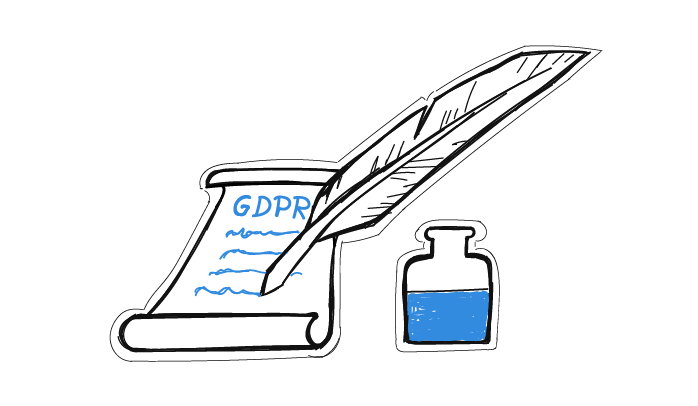
GDPR – General Data Protection Regulation Practical Guide for Email Senders
GDPR – General Data Protection Regulation will be brought into effect on May 25, 2018. It's still a few months ahead, but it's good to learn right now how the regulation will affect you and your business. Especially if you send any kind of business emails. You could have already read some articles summarizing GDPR, but if you still don't know how it will actually affect you in practice and what to do to be GDPR compliant, check out this post.
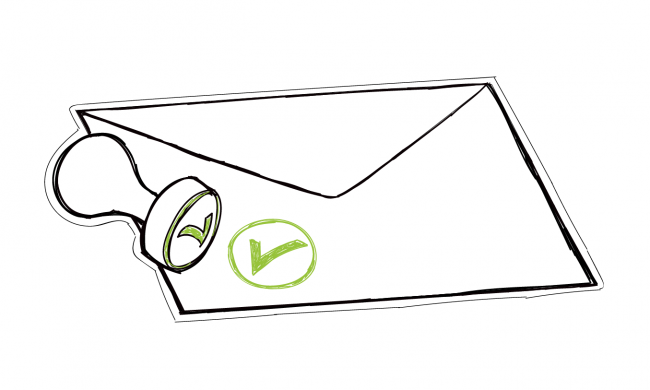
Quick Legal Guide to Email Outreach: 6 Rules to Follow
As with any form of business communication, there are a couple of rules you need to follow to make your email outreach professional. I took some time to research the requirements for a proper email outreach in countries, such as Canada, China, Australia, New Zealand, not to mention the United States (with recently updated California law), Norway, Germany, Switzerland, and of course, the rest of the countries that are a part of the European Union (read about GDPR here).
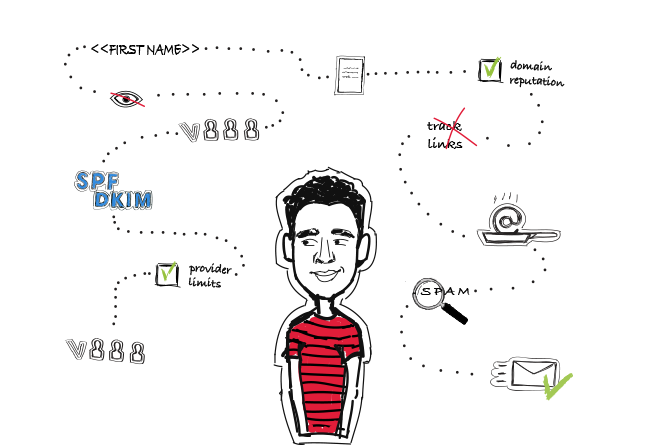
14 Deliverability Checks to Carry Out Before Sending Your Cold Email Campaign
You can have control over your cold email deliverability. In outbound outreach, it's crucial how many of the emails you sent actually get to your prospects' inboxes. There are at least 14 points on a deliverability checklist that you can, and should, go through before you start off your email campaign. I've listed them below in three categories. Some of them you may already know of, but some may be new for you. Check the list and see if you're doing everything you can to ensure that your cold emails actually get to their destination.

